The International Atomic Energy Agency (IAEA) plans to visit the disaster-hit Fukushima plant next week to evaluate the safety of Japan's contentious plan to discharge radioactive water from the plant into the Pacific Ocean, the government said Monday.
Japan's foreign and industry ministries said a team of IAEA experts led by Gustavo Caruso, director and coordinator of the IAEA's Department of Nuclear Safety and Security, will visit Japan from Feb. 14 to Feb. 18. The visit to the crippled Fukushima Daiichi Nuclear Power Plant is likely to take place on Feb. 15.
The visit and on-site assessment of the plant have been pushed back from December last year, as Japan was overrun by a surge in COVID-19 cases in another sluggish rollout of vaccines by the government.
Japan has said it still plans to release radioactive water that has accumulated at the plant into the Pacific Ocean. The water, stored in tanks at the plant in Japan's northeast, is expected to soon reach capacity.
The Fukushima plant had its key cooling functions knocked out after being battered by a massive earthquake-triggered tsunami in 2011, resulting in the worst nuclear crisis since Chernobyl in 1986.
The polluted water that the government plans to release into the Pacific Ocean contains radioactive tritium as a result of being used to cool down melted nuclear fuel at the plant in Fukushima Prefecture.
Japan's fisheries industry has voiced its ardent opposition to the plan, as it will almost certainly cause further damage to the industry's reputation.
Moreover, some of Japan's closest neighbors have voiced strong concerns over the plan as well as a number of worried counties from further afield.
Japan's government had been considering a number of alternative plans other than its unilateral proposal to just dump radioactive water into the Pacific.
These options included injecting the toxic water deep into the ground, releasing it into the atmosphere after vaporizing it, or making it into a solid state and burying it underground.








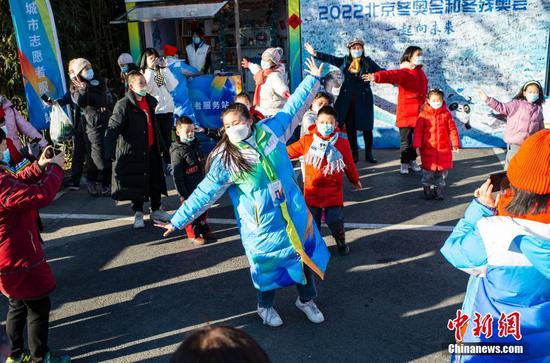

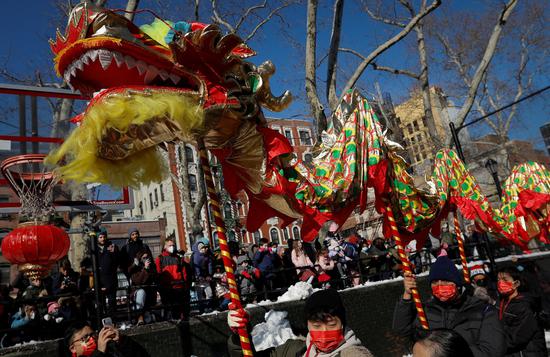





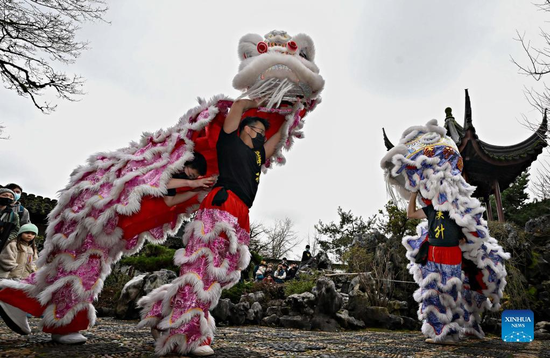








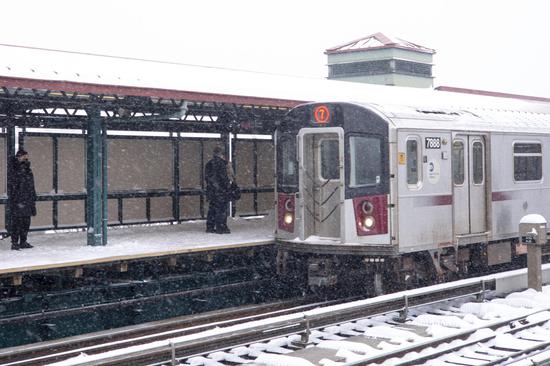

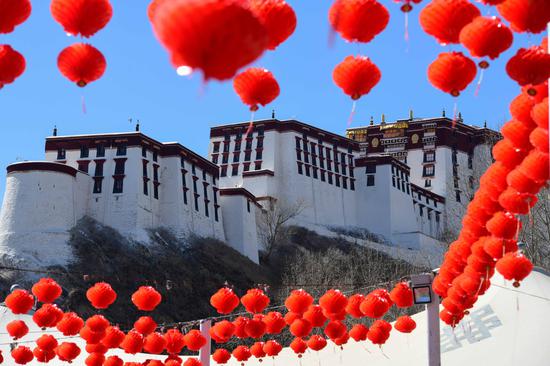


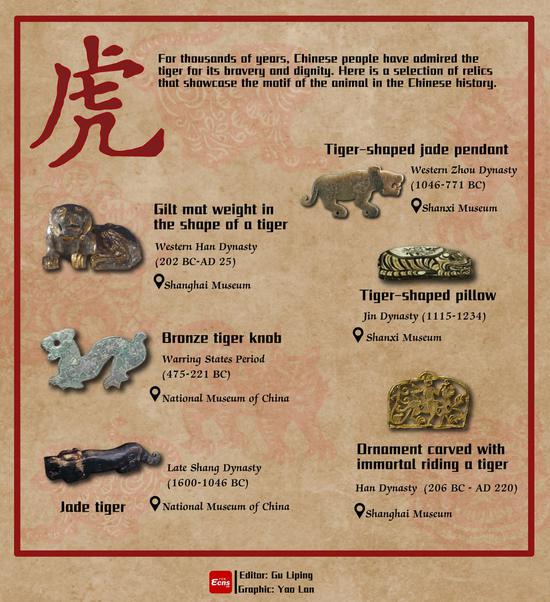



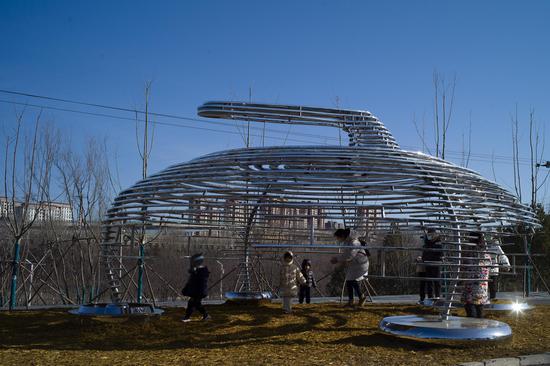
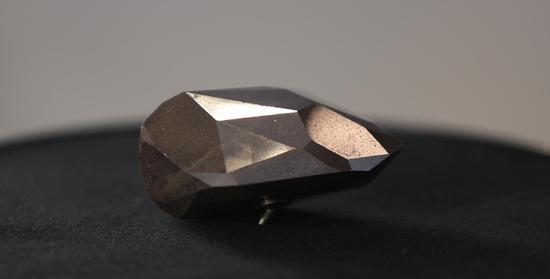
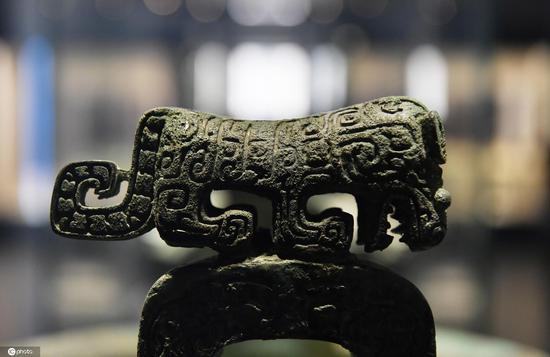
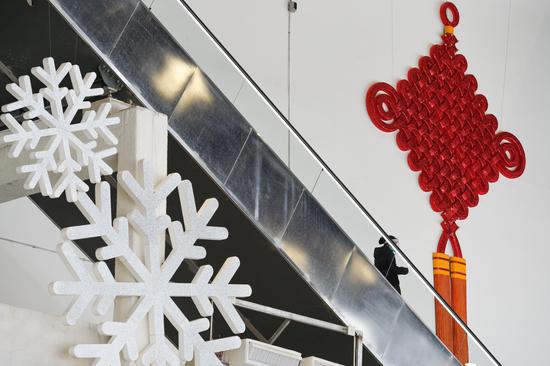
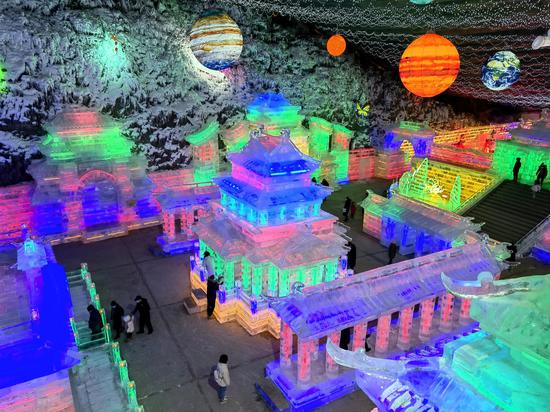


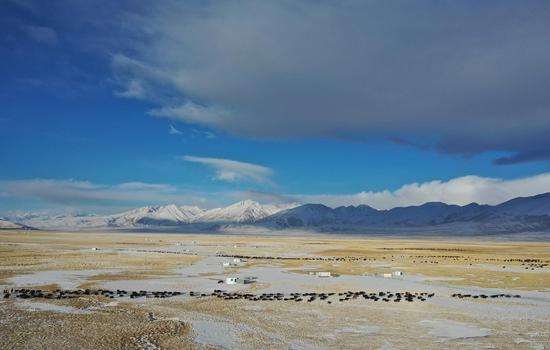
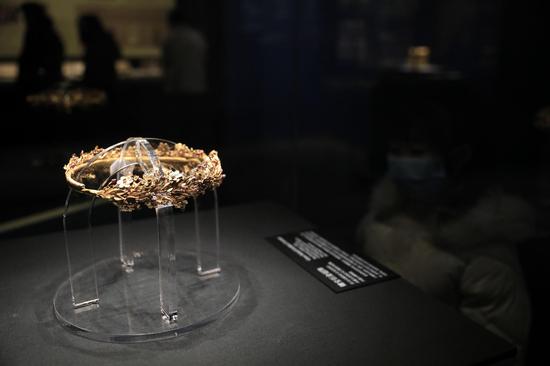
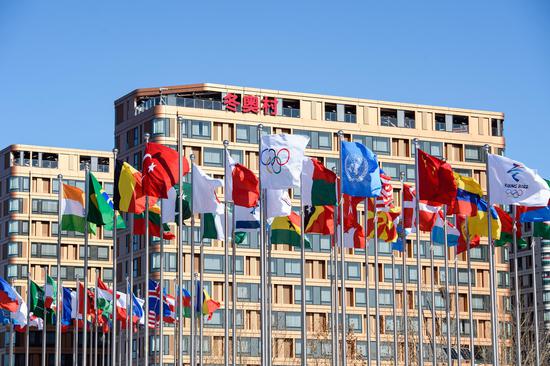






 京公网安备 11010202009201号
京公网安备 11010202009201号